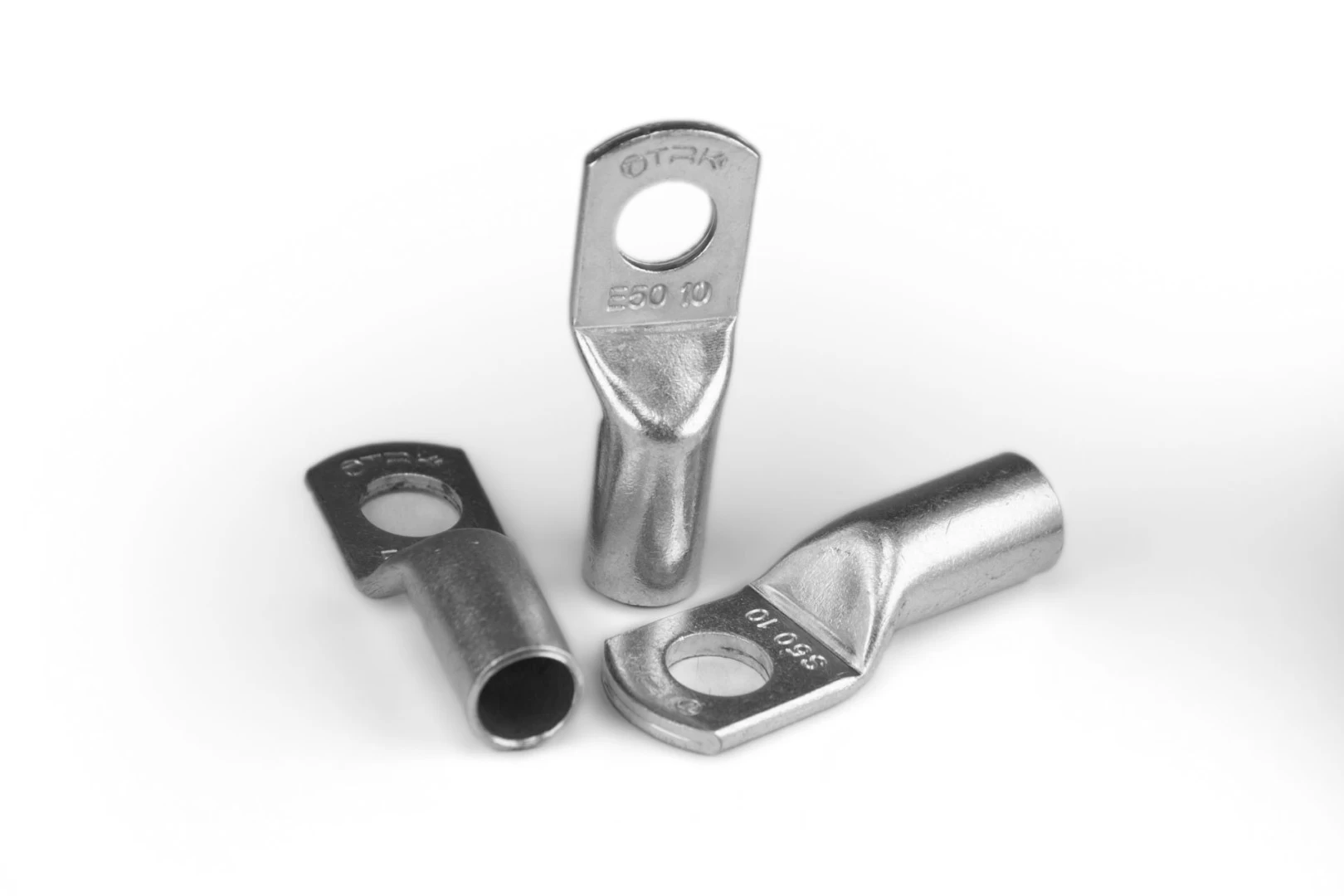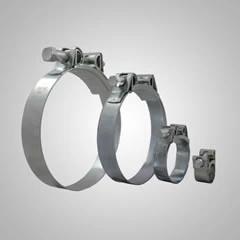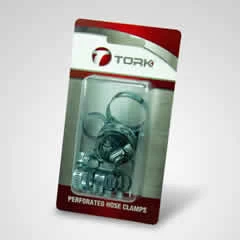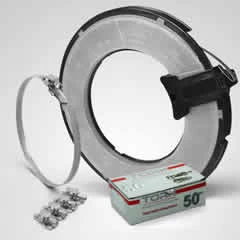Standard Butt Connectors
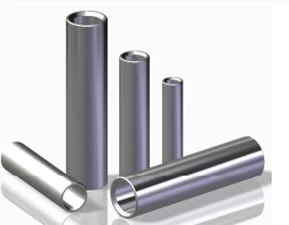
Standard Butt Connectors General Information
Standard Type Butt Connectors are electrical components generally used in electrical wiring applications to mechanically and electrically connect the ends of two wires or cables together. These types of connectors are specifically designed to create a secure and robust connection in electrical circuits.
The main features of these connectors are the following:
Material: They are usually made of copper to provide high conductivity. This copper must be of a certain purity and quality, usually in accordance with international standards (e.g. EN 13600).
Surface Coating: Copper is usually plated with tin to prevent oxidation and protect against corrosion. This coating also improves solderability.
Manufacturing Process: Cable ends are usually manufactured from annealed copper for good crimping properties. The annealing process makes the metal softer and more flexible, thus ensuring a good connection when crimped.
Connection Type: "Butt" type connectors are a type of connection where the cable ends are laid flat next to each other and then crimped. This provides maximum contact area between the surfaces, creating a low resistance connection.
Ease of Use: These connectors are generally designed for an easy and quick connection. The inner rounded edges and flat contact surfaces prevent damage to the cable ends and ensure a reliable connection.
Standard Butt Connectors Specifications
Standard Butt Connectors are essential for joining electrical wires securely. Made from high-conductivity copper or brass, they come in insulated and non-insulated versions. Various sizes cater to different wire gauges. The connectors' tubular design allows wires to be inserted from both ends and crimped, ensuring minimal resistance and optimal electrical continuity. Quality is crucial for reliable connections, so selecting the correct connectors is vital for preventing failures and ensuring safety. Insulation options include PVC, nylon, or high-temperature resistant materials, providing electrical isolation and mechanical protection. Adhering to industry standards, these connectors handle a range of current capacities, suitable for both low and high voltage applications.
Advantages of Standard Butt Connectors
Standard Butt Connectors offer numerous benefits, making them a preferred choice in various applications. They are easy to use, with a quick installation process that often requires no special tools. These connectors ensure secure and stable connections, resistant to vibration and mechanical stress. They are versatile, suitable for different wire gauges, types, and materials. Their durability is notable, as they resist corrosion and wear, performing well in various environments. The connectors provide excellent protection against moisture, heat, and chemicals, reducing maintenance needs and labor costs. Insulated versions lower the risk of short circuits and electrical fires, essential for reliable electrical systems.
Usage Areas of Standard Butt Connectors
Standard Butt Connectors are widely used due to their reliability and ease of installation. In the automotive industry, they ensure reliable connections in vehicle electrical systems. For marine applications, they are ideal for boat wiring and electronic systems, resistant to moisture and corrosion. In residential and commercial wiring, these connectors provide safe and secure connections for everyday electrical needs. Industrial electronics benefit from these connectors' ability to withstand mechanical stress, ensuring operational safety. Additionally, they are used in telecommunications for stable signal transmission, renewable energy systems for efficient energy transfer, aerospace for reliable aviation electronics, and medical equipment for precision and dependability in sophisticated devices.
Standard Butt Connectors Technical Specifications
Annealed material optimises material and crimping properties
Simple and safe connection due to flat contact surfaces and internal chamfer
Item identification on butt connectors
